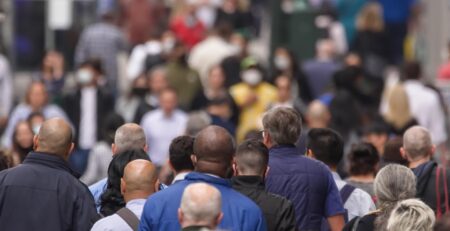How robots can save an ageing world
Many doomsayers have argued that an ageing population poses a huge threat to economic growth. They believe that rich countries in the West are headed towards secular stagnation as the size of their young, working-age population shrinks rapidly due to low fertility rates. On the other hand, countries like China and India are predicted to enjoy much higher economic growth in the coming decades as more young people get added to their workforce due to favourable demographics. The primary worry among these doomsayers is that as a greater share of the population turns old and lives longer, fewer young people will be available to work and serve the needs of a larger population, which will depress per capita income.
A 2017 paper titled ‘Secular Stagnation? The effect of ageing on economic growth in the age of automation’, by Daron Acemoglu and Pascual Restrepo and published by the National Bureau of Economic Research, tries to put these fears to rest. The authors study data from 1990 to 2015 to gauge the impact of ageing on per capita gross domestic product. They find no evidence to confirm the commonly assumed negative relationship between an ageing population and per capita income. In fact, they argue that there is a significant positive relationship in many cases. That is, economies with an ageing population actually witnessed an increase in per capita income.
Adopting technology
What could be saving the West from the adverse effects of ageing is the increasing adoption of technologies performing tasks previously undertaken by labour (for instance, robots), say the authors. So, even when a country’s population ages and the size of its young, working population shrinks rapidly, it can compensate for the loss by adopting better technology. Technology improves productivity by allowing countries to do the same work using a smaller workforce, thus overcoming the effects of ageing.
Read full content in The Hindu










